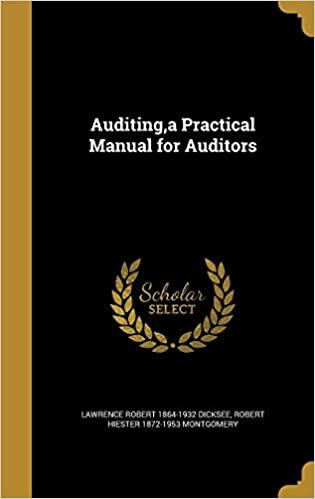Limes Conpary operales a chain of sandwich shepe (Cick the kon b vies Prosent Vaute of Ortinary Anhucy of \$1 1able) Rosd the reauremect More info The company is considering two possible expansion plans. Plan A would open eight smaller shops at a cost of $8,450,000. Expected annual net cash inflows are $1,600,000 for 10 years, with zero residual value at the end of 10 years. Under Plan B, Limes Company would open three larger shops at a cost of $8,250,000. This plan is expected to generate net cash inflows of $1,050,000 per year for 10 years, the estimated useful life of the properties. Estimated residual value for Plan B is $980,000. Limes Company uses straight-line depreciation and requires an annual return of 9%. Requirements 1. Compute the payback, the ARR, the NPV, and the profitability index of these two plans. 2. What are the strengths and weaknesses of these capital budgeting methods? 3. Which expansion plan should Limes Company choose? Why? 4. Estimate Plan A's IRR. How does the IRR compare with the company's required rate of return? Reference Reference Reference Reference Reference rent Value of $ Reference rent Value of C Value of $1 Value of 0 Reference bent Value of ent Value of re Value of $1 re Value of 0 Reference Limes Conpary operales a chain of sandwich shepe (Cick the kon b vies Prosent Vaute of Ortinary Anhucy of \$1 1able) Rosd the reauremect More info The company is considering two possible expansion plans. Plan A would open eight smaller shops at a cost of $8,450,000. Expected annual net cash inflows are $1,600,000 for 10 years, with zero residual value at the end of 10 years. Under Plan B, Limes Company would open three larger shops at a cost of $8,250,000. This plan is expected to generate net cash inflows of $1,050,000 per year for 10 years, the estimated useful life of the properties. Estimated residual value for Plan B is $980,000. Limes Company uses straight-line depreciation and requires an annual return of 9%. Requirements 1. Compute the payback, the ARR, the NPV, and the profitability index of these two plans. 2. What are the strengths and weaknesses of these capital budgeting methods? 3. Which expansion plan should Limes Company choose? Why? 4. Estimate Plan A's IRR. How does the IRR compare with the company's required rate of return? Reference Reference Reference Reference Reference rent Value of $ Reference rent Value of C Value of $1 Value of 0 Reference bent Value of ent Value of re Value of $1 re Value of 0 Reference

















